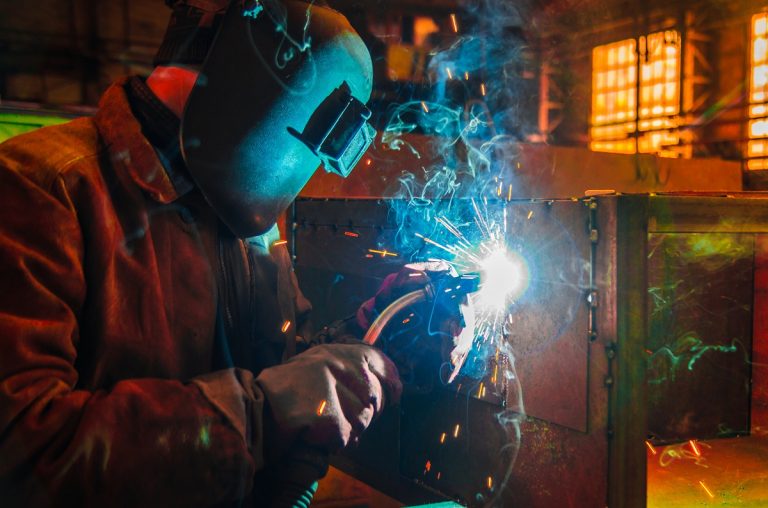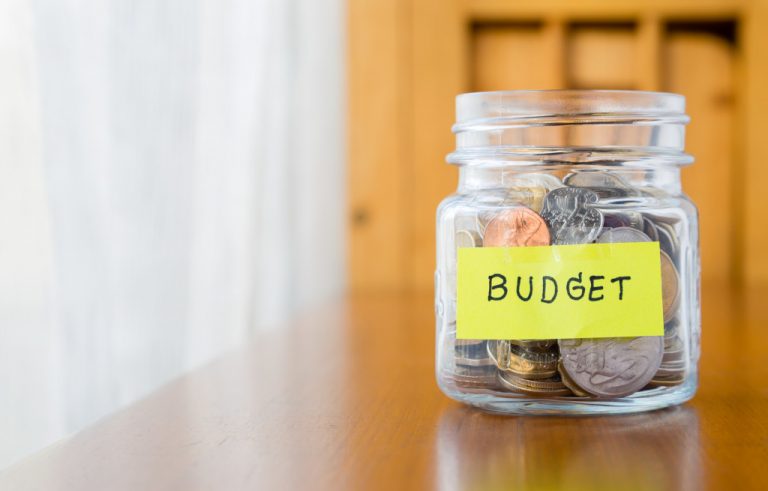This is the question most entrepreneurs, clients, customers and workers are asking all over the world: are businesses ready to open their doors?
Can businesses survive the limitations that the coronavirus pandemic has put on them? Amid the pressure of social distancing, sanitation requirements and regular testing for their staff, many businesses are struggling not only to provide the appropriate protection for their staff and their clients. Many are exploring what commercial sanitation services could do for them, but some are also considering the costs. Some are checking what they could on their own to make everything safer for everyone. But what is clear is that governments are the business community are thinking of ways to open without sacrificing health and safety.
Guidelines Are Available
The World Health Organization (WHO) has released a guideline for business owners who plan to open their doors to customers. They have outlined what surfaces need to be disinfected (phones, tables, doors, chairs) and included what health and safety regulations their staff have to follow (respiratory health and hand washing rules).
In the United States, the Environmental Protection Agency (EPA) made a list of products that companies could use to disinfect public premises against the coronavirus. Company owners are encouraged to choose disinfectants for use in institutions and follow the directions closely. This is especially true if any company does not want to hire a cleaning service. It is best to check with your country local regulations so you know what kind of measures are required to keep the virus in check in your location.

But What Do Owners Have to Do?
Many business owners understand that they may need to follow their government’s guidelines, and this means limiting the number of people in the office, expanding work-from-home strategies, and exploring communication technologies that would make business smoother for everyone. Generally, this is what any business should do:
Follow the one-meter rule. Employees should be at least one meter apart in any part of the office, including hallways and work areas.
Using one-way systems to minimize contact. A one-way system would ensure that entrances and exits are monitored, and that people will stay a safe distance. This also means that contact tracing will be easier, as businesses can control the traffic and number of people in their establishments.
Regular sanitation and cleaning of workspaces. Computers, phones and any surface should be disinfected before and after use by anyone. This also includes cash registers, counters, and trays.
Build a quarantine room for deliveries. If a business deals with packages and deliveries, there should be a quarantine room for these documents and packages in which they will remain for 72 hours before they are handled by anyone.
Are Your Workers Ready?
But the most important question is whether people are ready to go back to work. Companies may feel secure enough that they have safety protocols in place, but it might not be the same thing for their employees. In a recent survey, two out of three people revealed they were uncomfortable going back to work unless safety guidelines from the CDC and WHO are sent to their workplace.
For many businesses, the answer to whether they are ready to open all depends on them and whether they’ve set up a safety and health protocol that ensures everyone’s safety, most importantly, their staff.






